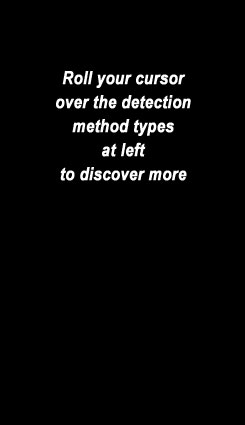
 |
There are numerous approaches for detecting these potentially devastating events, and they include assays, analyses, and remote detection. Here we discuss three common methods for HAB detection: mouse bioassay, high performance liquid chromatography (HPLC), and optical detection. There are advantages and limitations with each of these techniques; the best detection method depends a lot on the research question being investigated. |
|
An assay is a method that results
in a single response. For example the mouse bioassay provides the
total toxicity of the sample injected into a mouse, regardless of
which toxins are causing the overall toxicity.
|
|
This method works well for monitoring
purposes and most states have great success using this procedure
to regulate fishing and shellfish practices.
However, this method is not adequate for scientists interested in
applied research. To understand the causes of toxin production and
variability it is necessary to measure the presence of individual
toxins and their concentrations rather than an overall toxicity.
|
|
An analysis is different from
an assay in that all contributing toxins can be distinguished. HPLC
analyses seek to separate and quantify all toxins individually in
the sample.
|
|
This method allows for the separation,
identification, and quantification of each toxin derivative present
and its concentration. Although appropriate for applied research
purposes, HPLC methods do not supply results quickly enough to be
the best method for establishing early warning systems. By the time
the sample is processed the algal bloom may worsen, impacting ecosystem
and public health before a warning can be issued.
|
|
The methods above are limited
by the time it takes to collect and process water samples. There
is a need for rapid, non-invasive techniques that cover large areas.
Given that algal blooms are often associated with dramatic water
discolorations (e.g., red, brown tides), ocean color detection may help migitate these devastating
events. Approaches include in situ ("in place";
e.g., TSRB ocean color buoys) and remote sensing methods. These
may: 1) be useful for long term monitoring, 2) allow early warning
systems to be implemented, 3) allow tracking of existing blooms,
and 4) be useful in determining what causes blooms to form.
|
|
Although ocean color detection
doesn’t measure toxicity, it provides
substantial information about what is in the water column (e.g.,
phytoplankton, colored non-algal particles, colored dissolved organic
material). It is rapid and allows for large spatial coverage. Also,
this method can help determine the types of phytoplankton responsible
for the bloom.
|

|
|
|
||
 |
 |
 |
|
 |
|||
 |
|||
